
Culture
12:20, 18-Feb-2018
A Lion Dance Life: The Awaken Lion interprets the meaning of life
CGTN
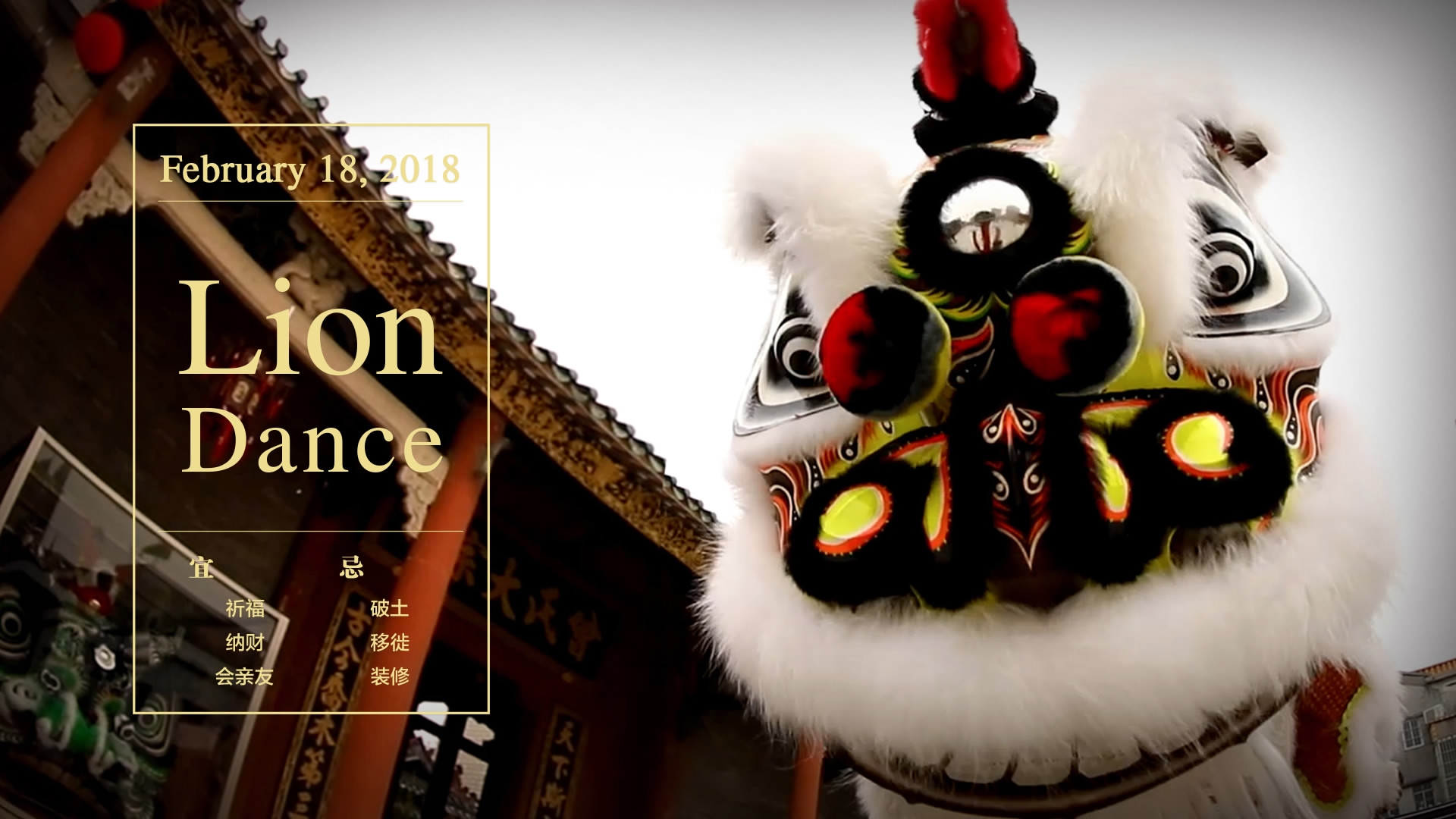
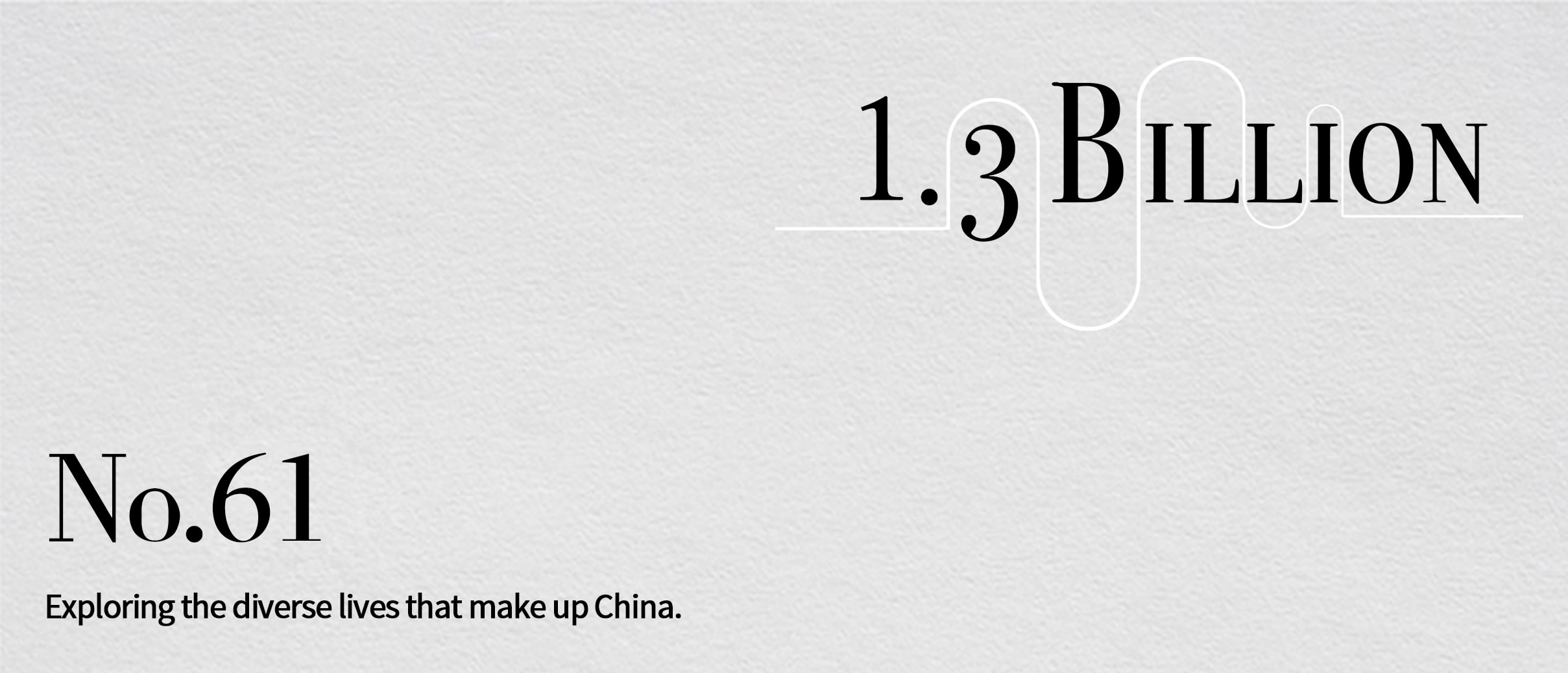
CGTN
CGTN
Origin of Lion Dance
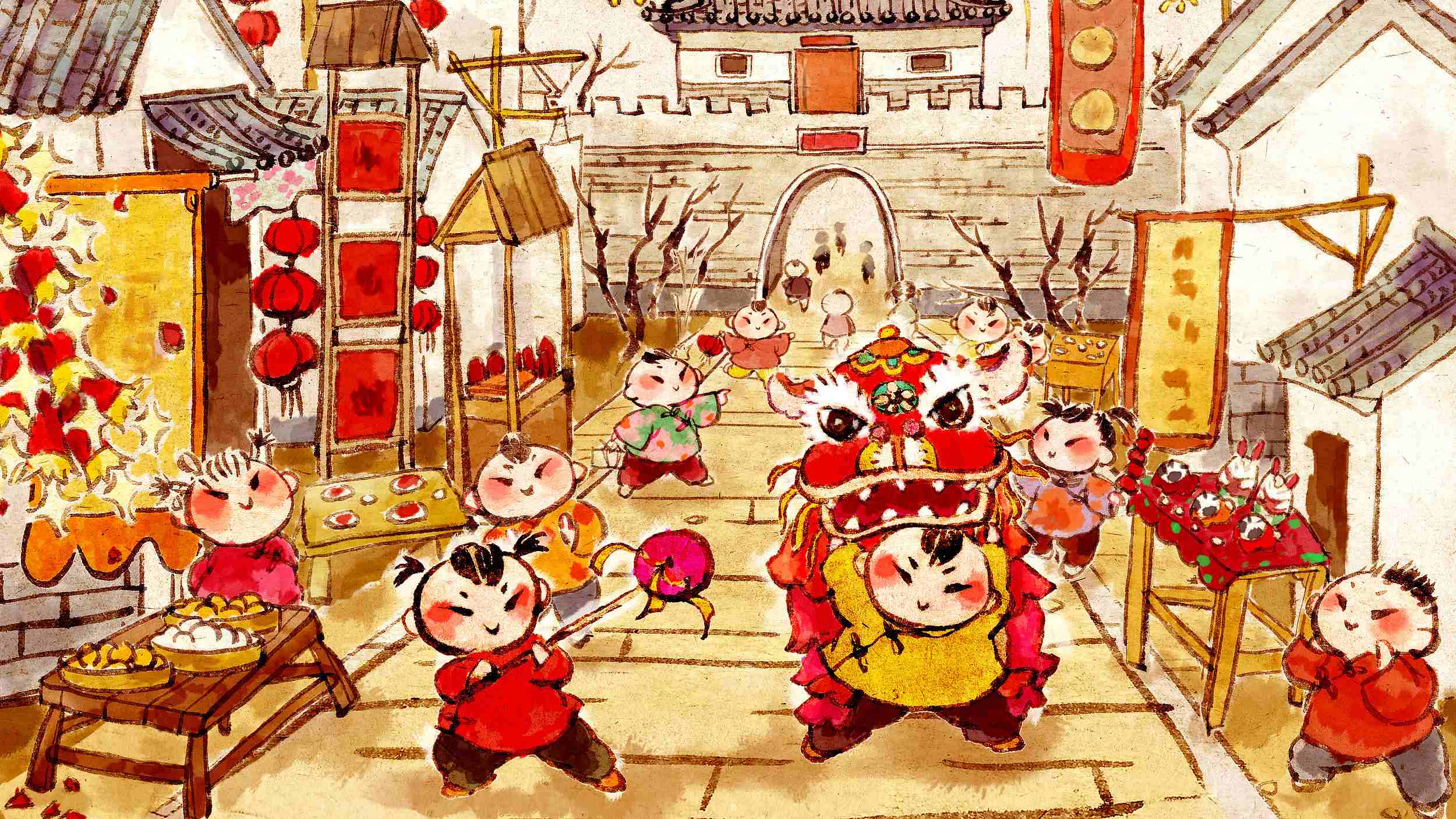
Source: Internet.
Source: Internet.
"In Guangdong Province, almost every village has its own lion dance troupe. When I was a child, I looked forward to the dance every year."
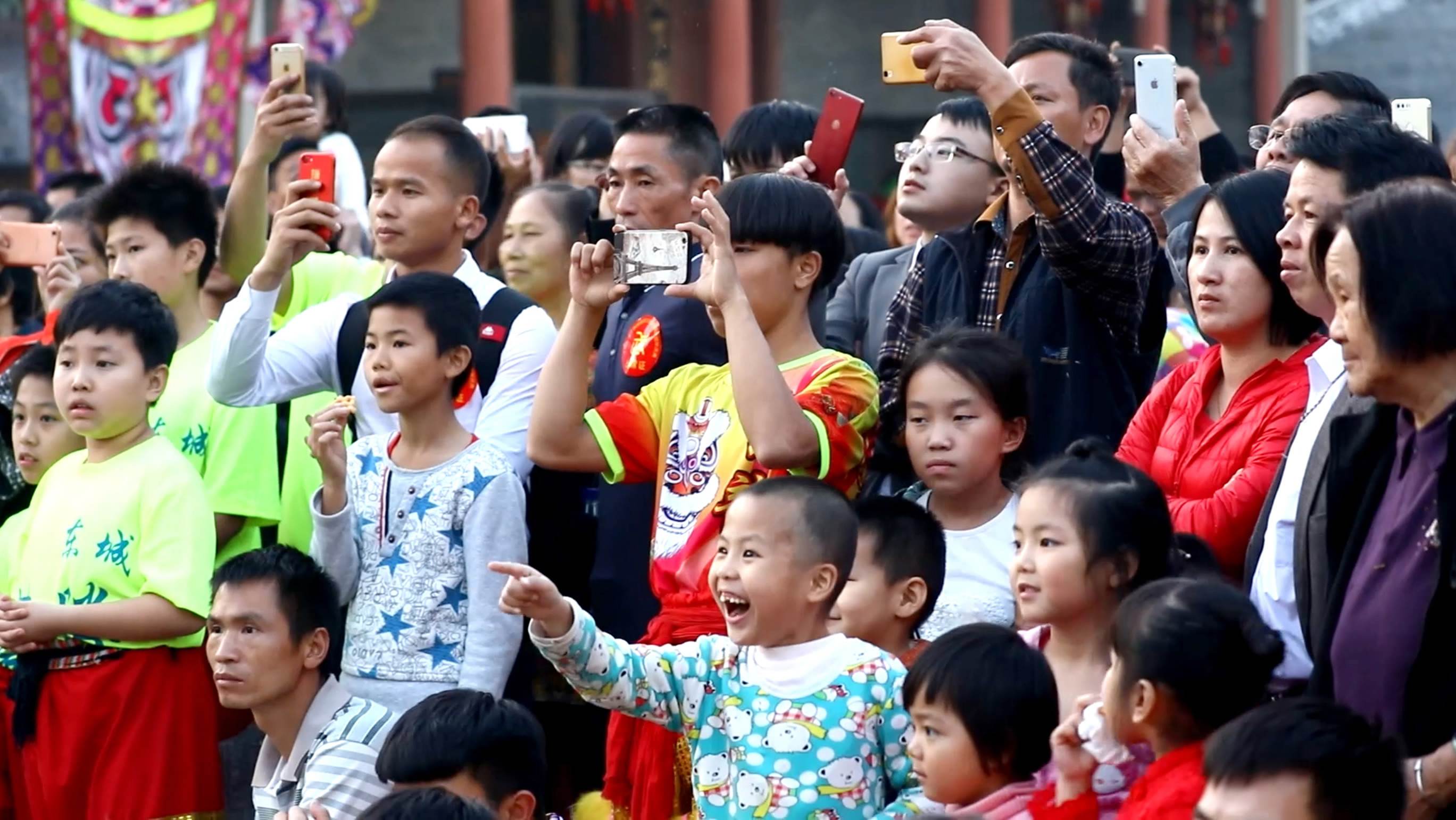
CGTN Photo
CGTN Photo
The third day of the lunar year is called "Xiao Nianzhao" (the day to worship gods), and is also known as the Grain's Birthday. It is when the Cantonese pray for harvest with lion dances.
Zhong Daoren is the head of the Bei Lun Tong lion dance troupe of Diejiao, Guangdong. He started learning the dance about 50 years ago.
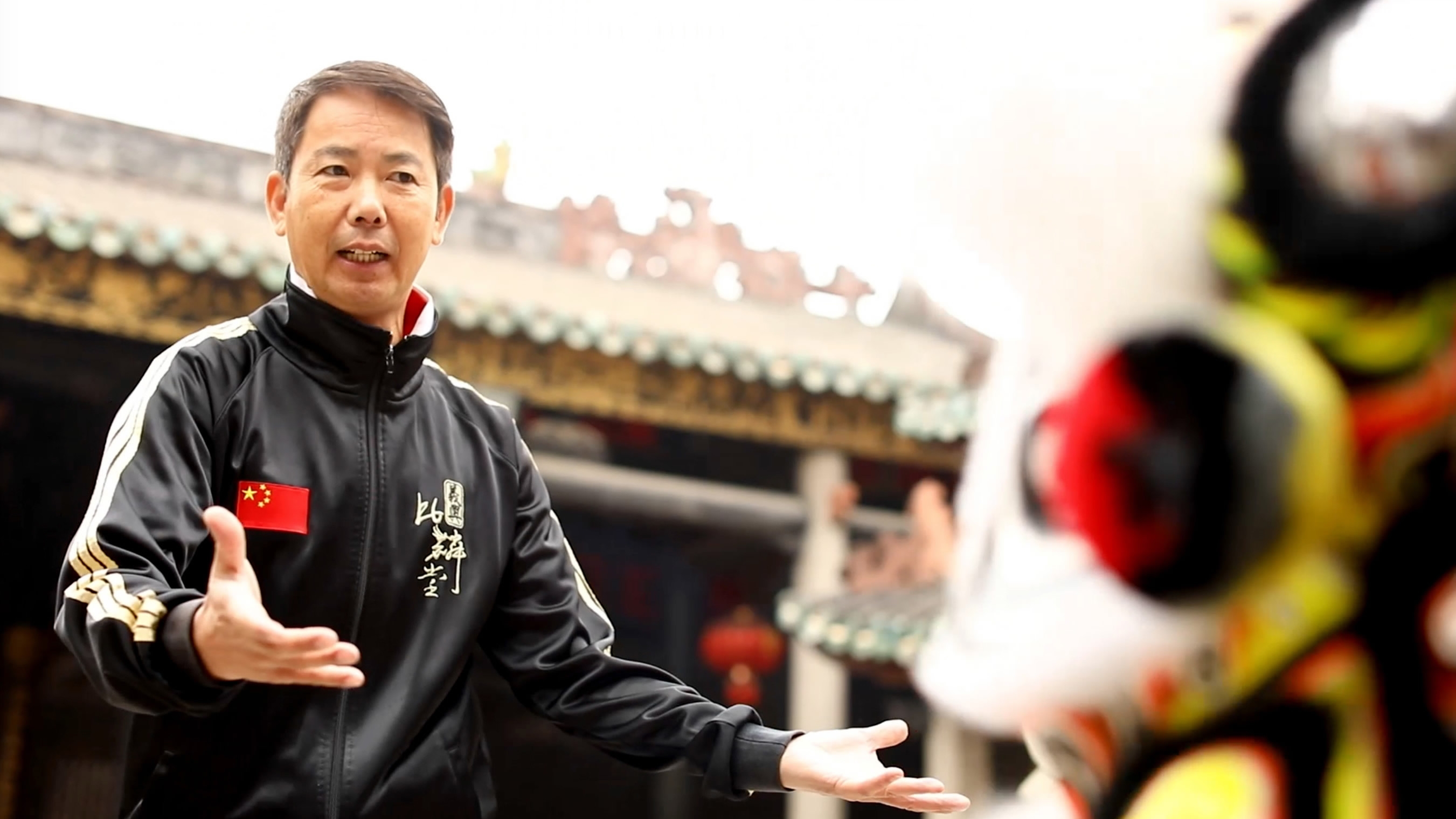
Zhong Daoren. /By CGTN
Zhong Daoren. /By CGTN
Lion dance is one of the traditional customs during the Spring Festival.
Data shows that since 1978, there have been over 1,800 lion dance troupes in the 17 counties and towns of Nanhai District, Foshan City. The Cantonese lion dance has the awe-inspiring appearance of a real lion. With rousing drumbeats, it is known as the "Awaken Lion" or "Southern Lion."

CGTN Photo
CGTN Photo
In history, all the lions in China were imported from Western countries. As the "Book of Han: Volume 96" says – "Since then… elephant, lions, canines and peacocks were kept in the parks. All kinds of exotic animals swarmed in from outside the Han territory."
With the introduction of Buddhism, the lion dance was known by the Han people as a kind of Buddhist ceremony. In the Tang dynasty (618-907), it became a performance for the imperial court. Since then, it was confined to the palace from the public until the start of the Yuan Dynasty (1271-1368). In the Ming dynasty (1368-1644), it was introduced to Lingnan Region (now referred to as the area of Guangdong, Guangxi and Hainan Provinces). From then on, it emerged as an important part of the folk activities.
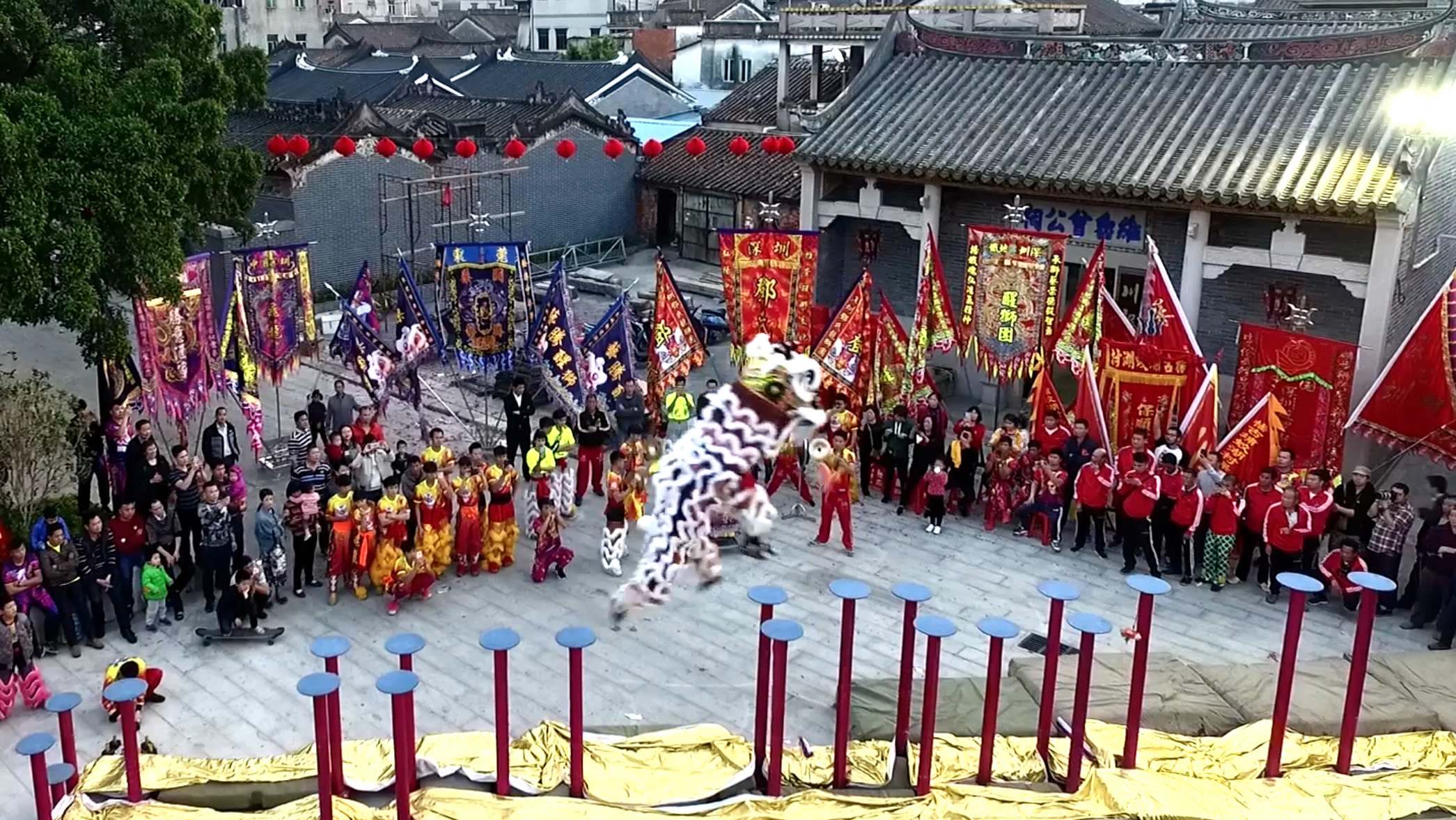
CGTN Photo
CGTN Photo

CGTN Photo
CGTN Photo
On May 20th, 2006, the "Cantonese Awaken Lion" was approved by the State Council as one of the first batch of National Intangible Cultural Heritage.
Craft and Martial Art
"'Nian (Year beast in Chinese mythology)' comes out during the Spring Festival, so the lion must look fiercer and mightier."

CGTN Photo
CGTN Photo
In the eyes of Zhong, the "southern lion" seems more powerful and has more sophisticated techniques than its northern counterpart.
Firstly, the frame of the head is made of more than 200 bamboo canes.
Secondly, three things are pasted on the lion's fur: cotton gauze, linen paper and laser paper.
What’s more, the colored drawings contain profound cultural connotations. For heroes of the Three Kingdoms (220-280), the yellow sword pattern represents the benevolence of Liu Bei, the red blade represents the loyalty of Guan Yu, and the black spear represents the bravery of Zhang Fei.
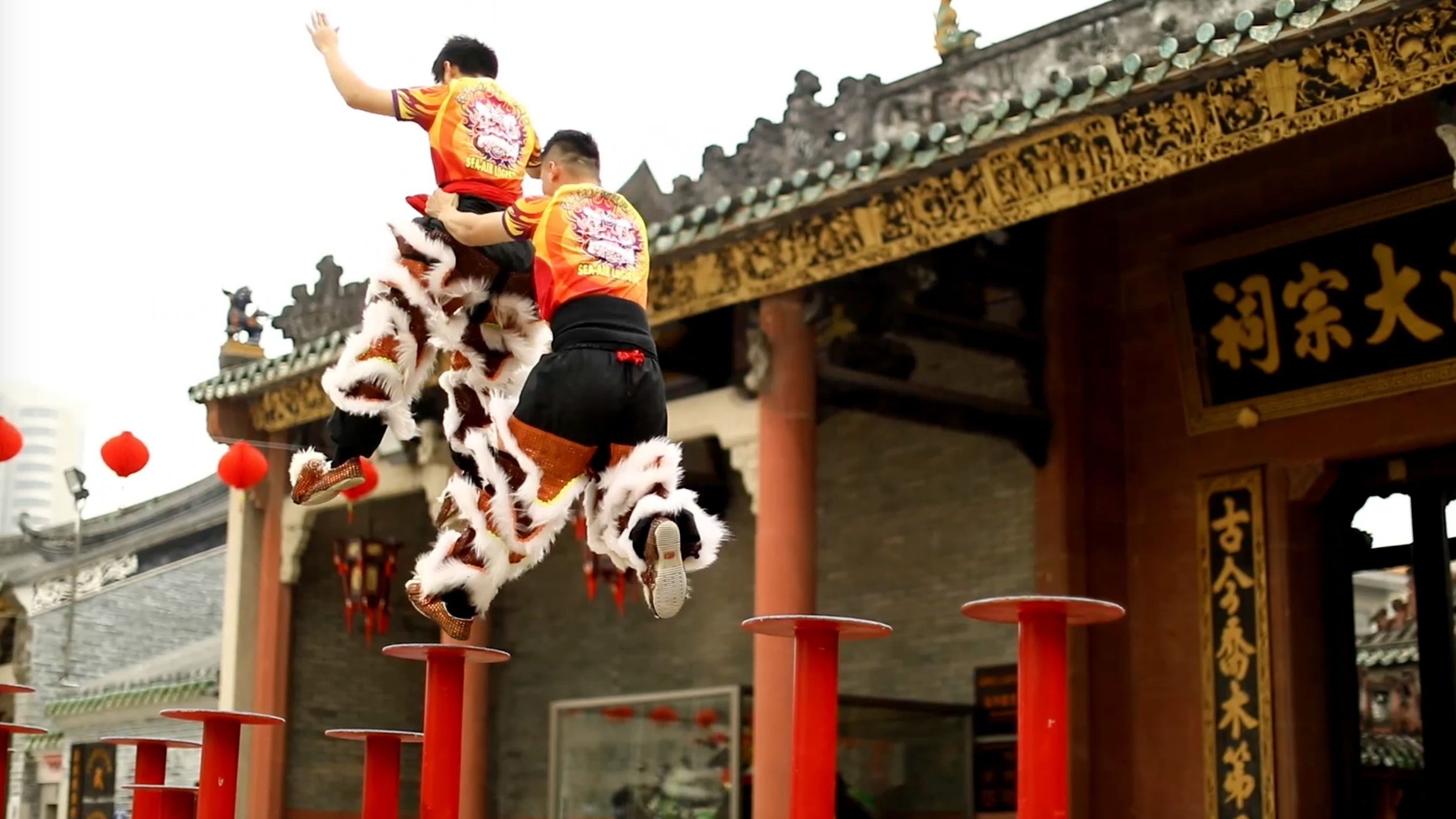
CGTN Photo
CGTN Photo
"Basically, all the lion dancers have to practice martial arts."
Chinese Kung Fu is indispensable for the lion dance.
Poles for the dance are 2 to 2.5 meters high. Lion dancers are constantly stepping, shifting, dodging, attacking, spinning and leaping, in order to mimic the behavior of the lion. And they are true to life.
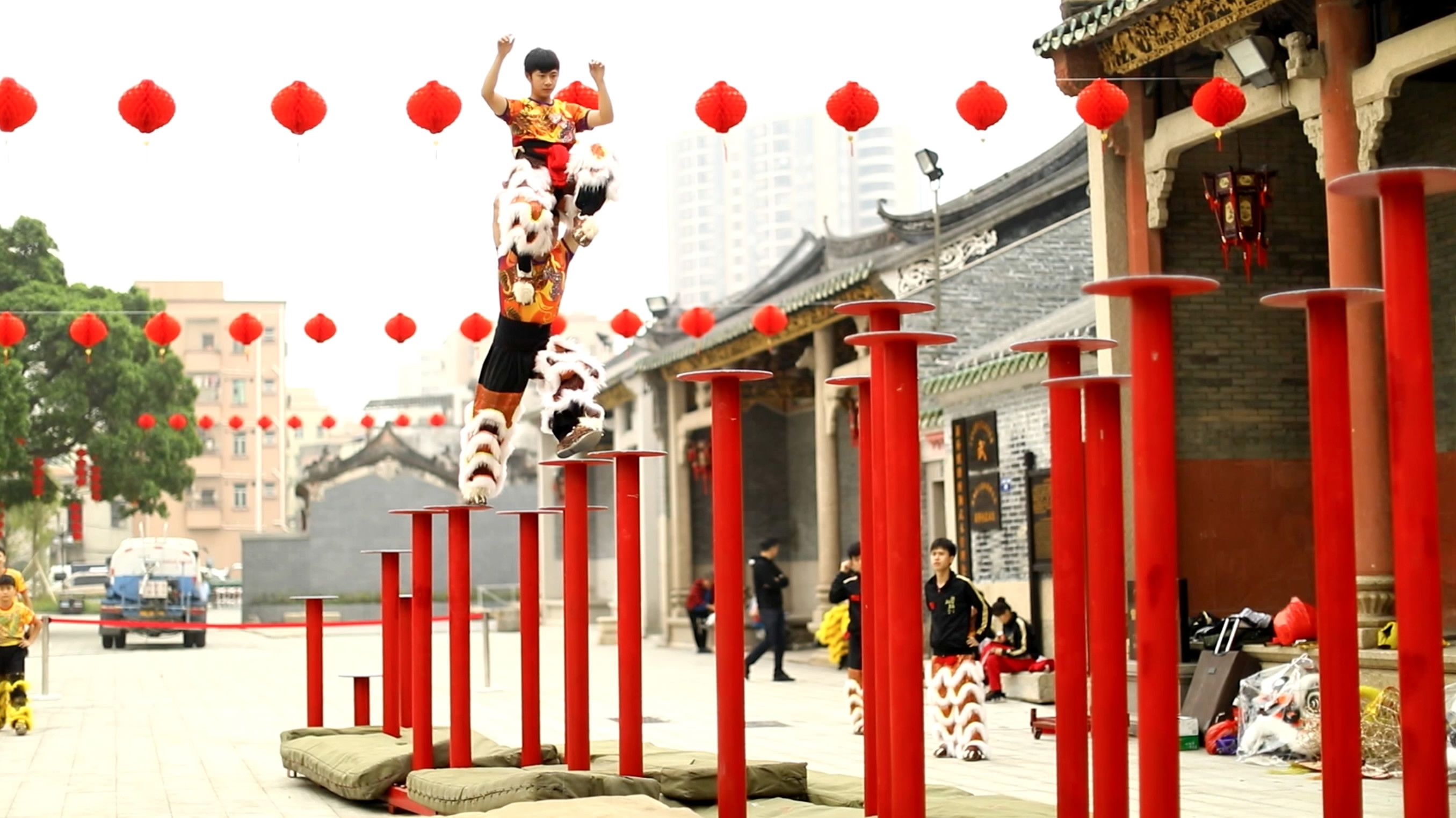
CGTN Photo
CGTN Photo
Lion Dance and Life
"Hits, strength and souls."
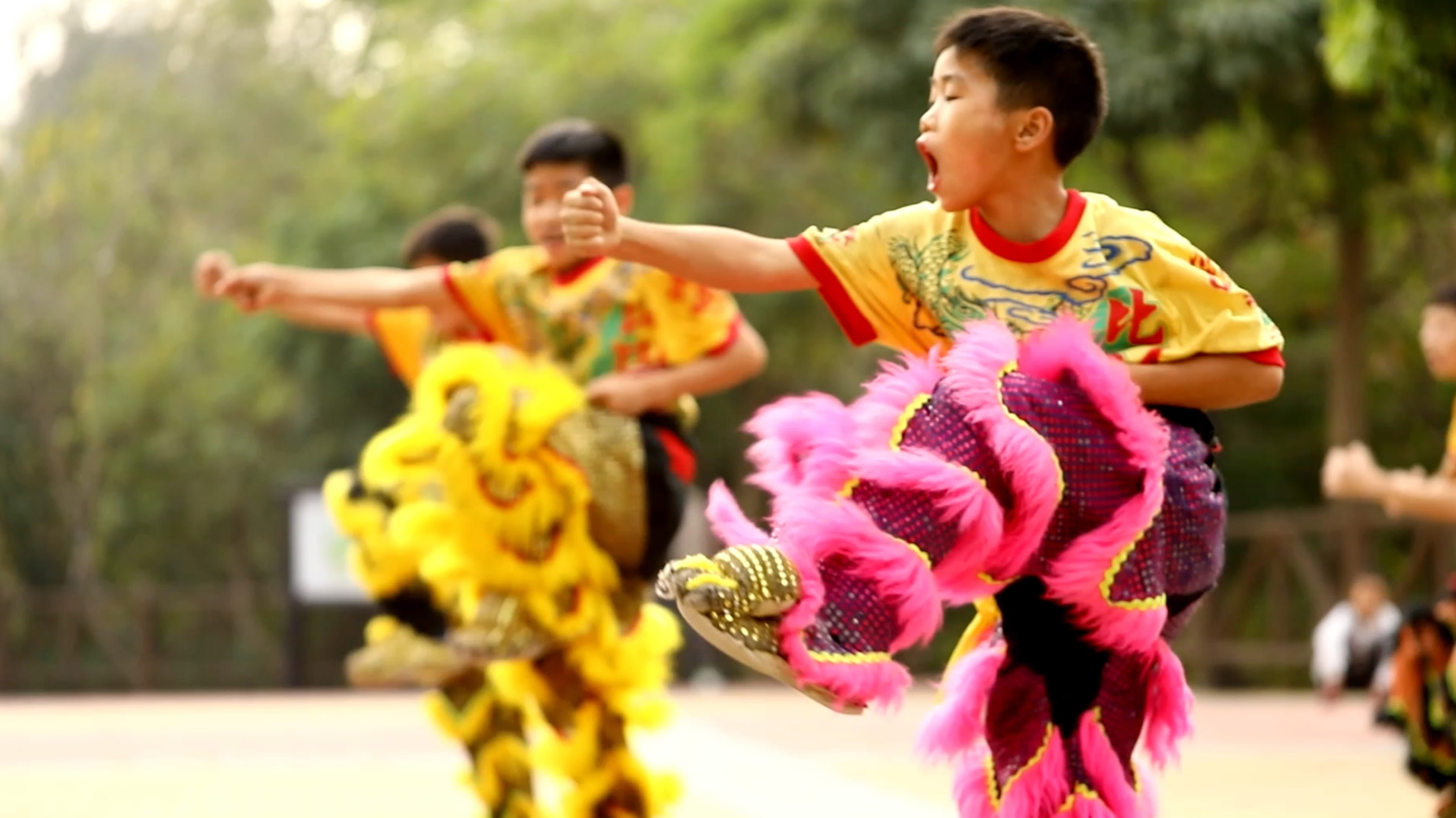
CGTN Photo
CGTN Photo
In Zhong's view, the lion dance means a relentless pursuit of excellence. Only through painstaking efforts, could a dancer reach the state of "unity between man and lion," and portray the wildness and loveliness of the beast.
On the third day of the Lunar New Year, lion dance troupes are invited to various activities like worshiping ancestors, opening business, resolving conflicts and improving relations. The performance has strict rituals.
"Lion dancing is just like living. You feel upset with problems, and are happy solving them."
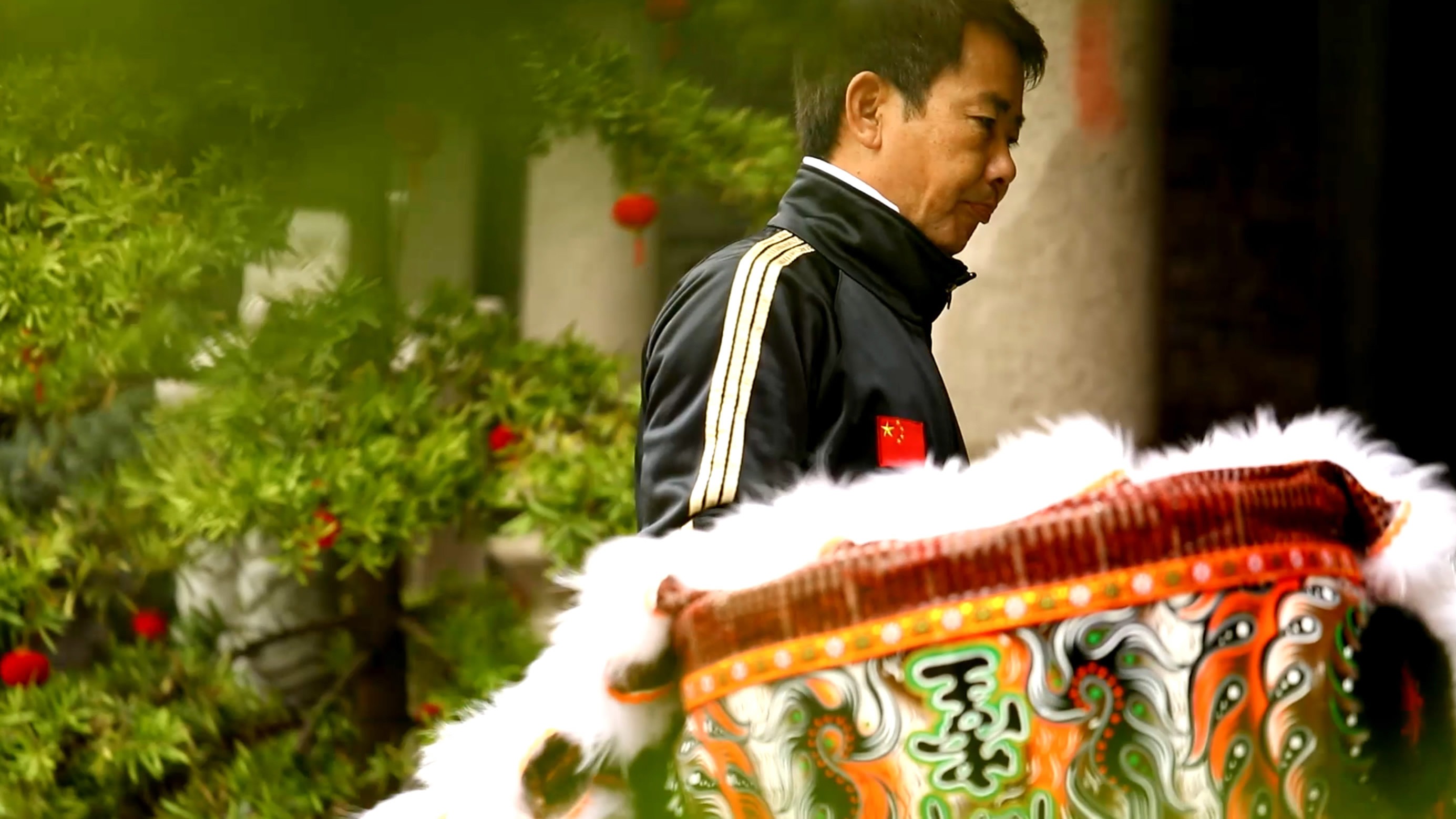
CGTN Photo
CGTN Photo
The “Awaken Lion" for the Spring Festival brings people not only liveliness and happiness, but also prosperity and good luck.

The story is one in The 1.3 Billion series exploring the diverse lives that make up China.
The story is one in The 1.3 Billion series exploring the diverse lives that make up China.

SITEMAP
Copyright © 2018 CGTN. Beijing ICP prepared NO.16065310-3
Copyright © 2018 CGTN. Beijing ICP prepared NO.16065310-3